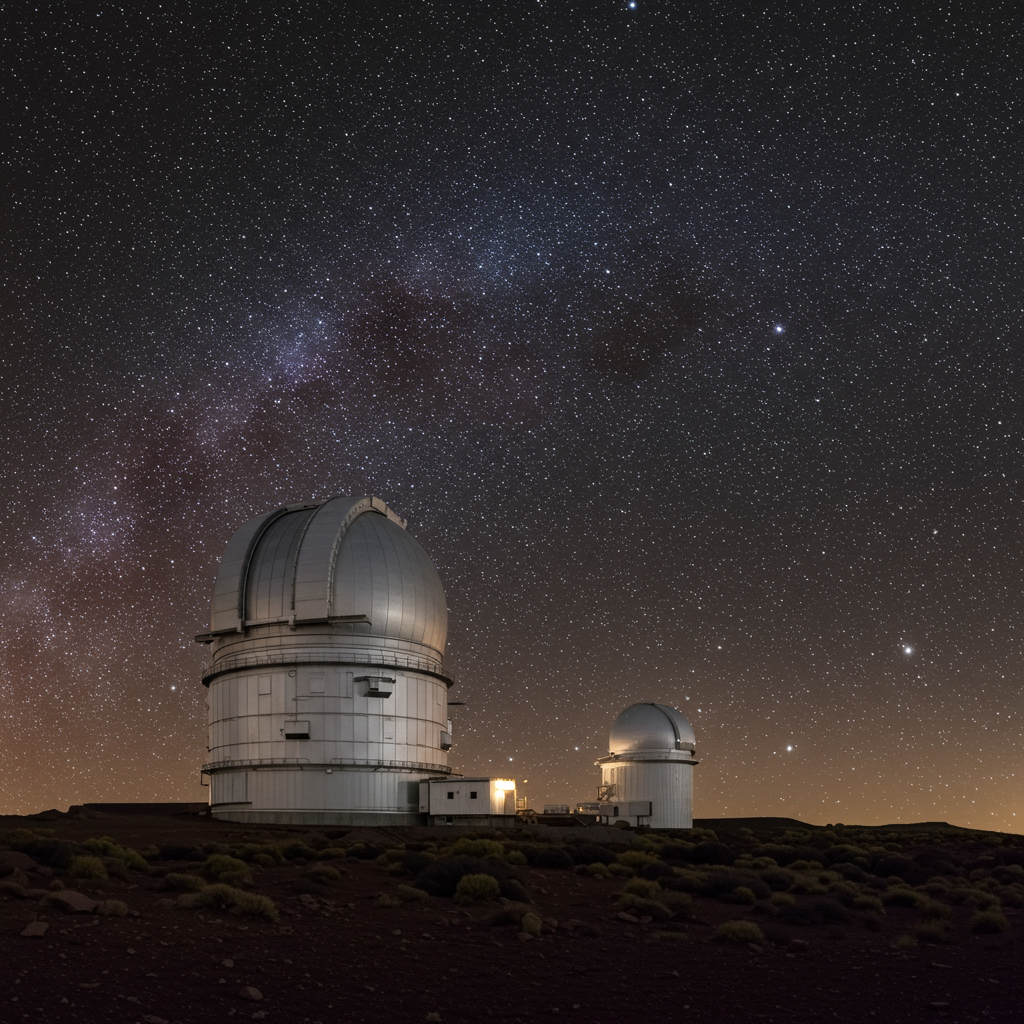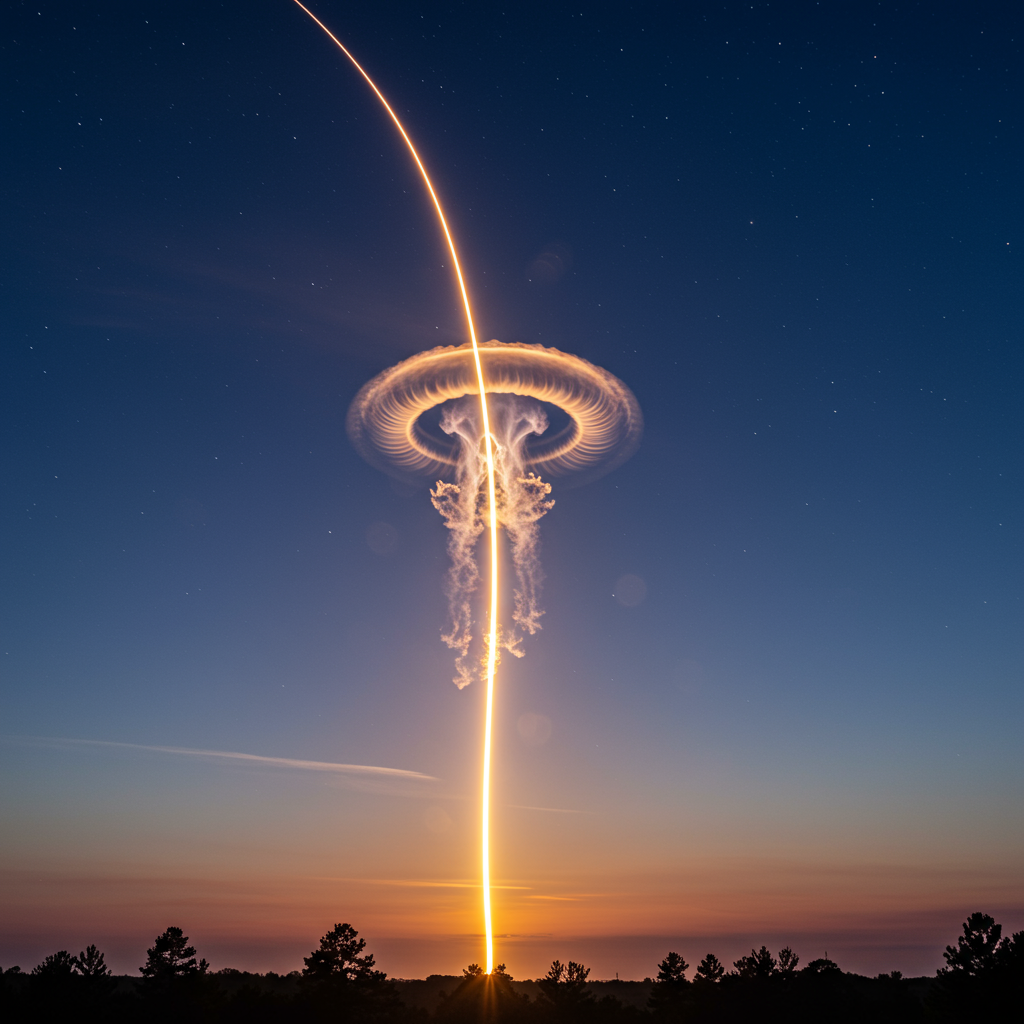Perched atop Cerro Pachón in Chile, under some of Earth’s darkest skies, stands the Vera C. Rubin Observatory. This revolutionary facility is poised to embark on an unprecedented mission: mapping the vast southern sky over the next decade to confront some of cosmology’s most profound puzzles, particularly the enigmatic forces known as dark energy and dark matter.
Housing the world’s largest digital camera, a massive 3,200-megapixel instrument built at a cost of $168 million, the Rubin Observatory is not just about its light-gathering mirror (though its 8.4-meter mirror is significant). Its true power lies in its exceptionally high étendue – a combination of its light-gathering ability and its colossal 9.6-square-degree field of view, equivalent to covering an area of the sky seven times wider than the full Moon in a single image. This unique capability allows it to survey the sky with unparalleled speed and depth.
The Legacy Survey of Space and Time (LSST)
Beginning operations expectedly in late 2025 or early 2026, the observatory will undertake the ambitious 10-year Legacy Survey of Space and Time (LSST). This project involves imaging the entire southern sky approximately every three to four nights. Over 800 exposures will be captured each night, generating a staggering 20 terabytes of data daily. An AI-powered scheduler optimizes observations with minimal delay between shots, creating what’s been called the largest astronomical movie ever recorded.
This rapid, deep survey is crucial for studying the dynamic universe – capturing objects that move, change in brightness, or explode, a field known as time-domain astronomy. Millions of transient events, from asteroids and interstellar comets to distant supernovae and feeding black holes, will be catalogued.
Confronting the Universe’s Darkest Secrets
While cataloguing billions of celestial objects provides an invaluable resource, the primary scientific driver for the Rubin Observatory is unraveling the mysteries of dark energy and dark matter.
Dark Energy: The Accelerating Puzzle
Our universe began expanding rapidly after the Big Bang, but gravity should have caused that expansion to slow. However, roughly five billion years ago, the expansion began to accelerate, a discovery made in the late 1990s by studying distant Type Ia supernovae – powerful stellar explosions that act as “standard candles” to measure cosmic distances. This accelerating expansion is attributed to dark energy, a hypothetical force that exerts a repulsive gravitational effect, essentially pushing space apart.
Despite making up an estimated 68% to 72% of the total energy and mass content of the universe, the nature of dark energy remains one of science’s biggest unknowns. Is it simply the inherent energy of empty space (the cosmological constant, proposed by Einstein and later resurrected), or perhaps a dynamic, changing field (like quintessence)? Or could it be a sign that our understanding of gravity itself is incomplete on cosmic scales?
The Rubin Observatory will tackle this mystery by mapping the distribution of matter across the vastness of space. By observing the subtle distortions in the light from distant galaxies caused by the gravity of intervening matter – a phenomenon called weak gravitational lensing – astronomers can map where dark matter and dark energy are located and how their influence has changed over cosmic history. The LSST’s extensive catalogue of supernovae will also provide crucial data to trace the universe’s expansion rate over time, offering vital clues about dark energy’s properties.
Dark Matter: The Invisible Glue
Distinct from dark energy, dark matter is a mysterious, invisible substance that constitutes about 25% of the universe. It doesn’t interact with light, but its gravitational pull is essential for holding galaxies and galaxy clusters together.
Using the same gravitational lensing techniques as for dark energy, the Rubin Observatory will create detailed maps of dark matter distribution across the southern sky. This will help scientists understand how dark matter clumps and evolves, shedding light on the formation of cosmic structures like galaxies and galaxy clusters over billions of years.
Beyond the Known
Astronomers also anticipate uncovering entirely new cosmic phenomena that current theories don’t predict – “faint things that go bang, explode or move in the night” in unexpected ways. As astrophysicist Michael Strauss noted, “The universe always throws us surprises… we don’t yet know what those surprises will be.”
The sheer scale and depth of the LSST, coupled with the observatory’s remarkable camera and rapid data processing capabilities (flagging transient events within 120 seconds of capture for follow-up by other telescopes), promise to revolutionize time-domain astronomy and provide the most comprehensive view yet of the evolving universe.
From mapping the invisible scaffolding of dark matter to probing the force accelerating cosmic expansion, the Vera C. Rubin Observatory stands ready to bring the universe’s darkest, most compelling mysteries into sharp focus.




